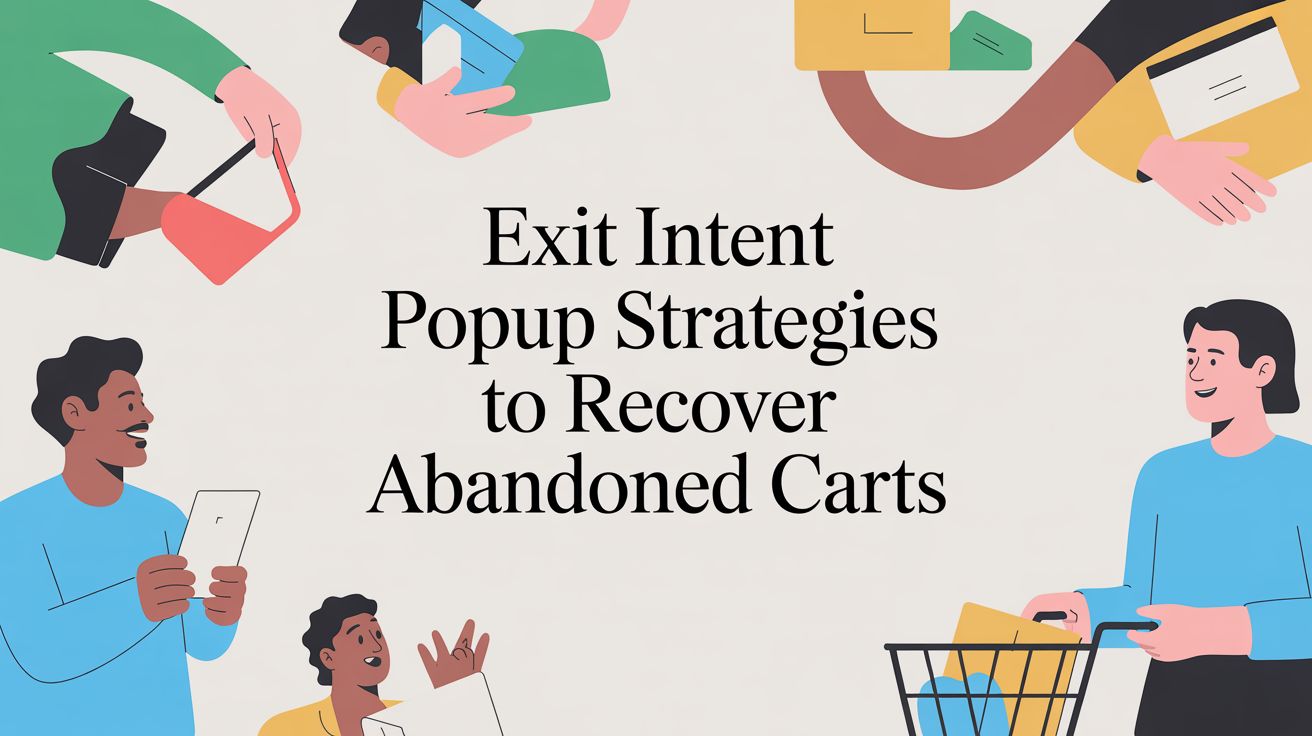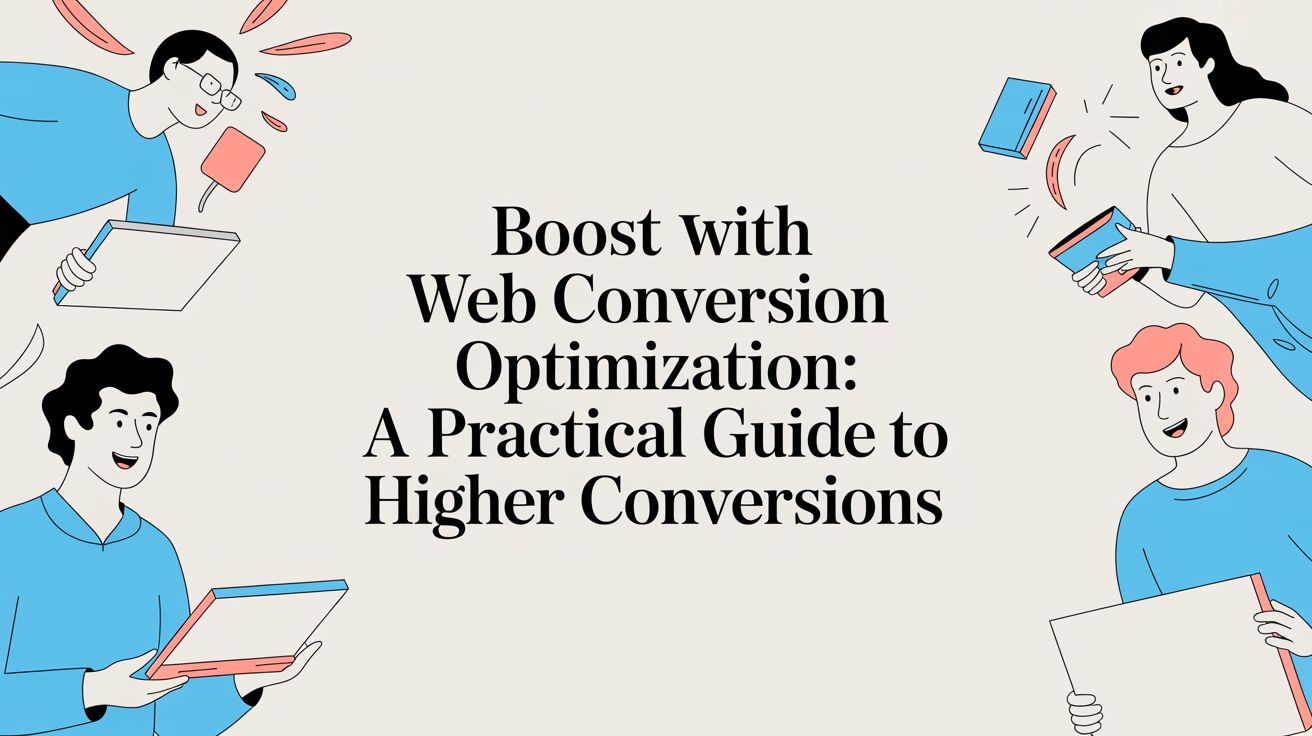
The basics of video marketing — and how to incorporate it into your brand strategies

Driving engagement is a priority for most B2C brands, and yours is no different. You’ve established a strong loyalty program, focused on your text message and mobile app marketing, and lent your talents to social media marketing — but what about video marketing?
Video marketing is promoting a whole new set of social interactions between consumers and brands, improving the bottom line and greatly impacting conversions. So, it only makes sense that you’d want to learn more about this marketing strategy.
We brought in Ian Folau, video production expert and CEO at ClearMix, a video production technology company, to help you do just that. Together we discussed how video marketing has evolved over its short history, the impact it has had on consumer behavior and how you can leverage it in your brand marketing efforts.
What is video marketing?
Despite the positive reception video marketing has gotten from consumers, it can be hard to pin down such a broad category. Folau defines video marketing as a multi-platform strategy that utilizes a variety of content pieces. Simply put, video marketing campaigns use video to boost awareness around any brand-related content.
Because video marketing hasn’t been around as long as some of the other marketing channels, brands are still getting used to implementing it into their campaigns, but Folau says the learning curve is more than worth it.
“Video marketing is a strategy, and it’s kind of its own beast. In the past a lot of marketers focused on blogs or creating case studies, but there’s been a shift to video marketing because it’s more interactive and drives engagement,” said Folau. “People will spend 88 percent more time on your website if you have a video, and when we think about where the internet has gone in the last five years, there’s a higher focus on video.”
And influencer culture has helped to amplify this focus.
“I think the influencer culture definitely changed things, it’s so real and raw and authentic that people really crave that. People don’t want to feel like they’re being sold to, but they do want to engage with a person that’s willing to put themselves out there and talk to them face to face,” said Folau. “Traditionally, when companies first started to dabble into video the thought was ‘Let me find someone to create some animated video for me.’ That’s not what people want anymore.”
Evidence of Folau’s point can be seen in the evolution of video through the world of digital media. What started on YouTube, soon traveled to other social networking sites like Instagram and Facebook before getting its most recent block of attention from TikTok.
Folau says influencer marketing made its mark namely because it has a much more personal impact on consumers than text or a graphic would. Consumers have a higher level of trust for other humans who are showing them how the product is beneficial.
“Businesses can struggle with the trust factor. ‘Do I trust that this product is going to do what they say?’ So having someone on screen who comes from a similar background talking about something you can relate to is more convincing than a generic video,” said Folau. “When we talk about video strategy, marketers really need to think about how they can segment their audience so that consumers feel connected to the people featured in their videos.”
How to implement video marketing in your brand strategies
The fundamentals of video marketing are what you’d expect: great lighting, clear audio, decent length.
As with any marketing strategy, you want to think about what will best serve your audience. Considering the attention span of modern-day consumers, a visually appealing video that fits the platform you’re displaying it on is critical.
When consumers are on Facebook and Instagram doing an infinite scroll, they aren’t necessarily there to watch something that’s really long. If they’re on YouTube, they may be willing to watch something that’s a little longer. You want to keep small details like this in mind when implementing video marketing into your brand strategies.
Having a consistent brand across your videos is important, too. To get started, Folau suggests using channels you already know and trust, i.e. your email marketing, social media platforms, etc. This way, you’ll have full confidence over the messages you’re sending out and your audience will clearly understand the content.
As you do, also remember that video content can mean more than brand teasers.
“You can use video in a lot of the same ways that you’ve been using the more traditional strategies. If someone has a question about your product, you can send them a video on it through email or text,” said Folau.
You can also teach your customers how they can benefit from your products through the use of video marketing.
“Maybe your customers are searching for [an answer to a question]. If you have a video available, that video can inspire greater customer engagement,” said Folau. “When a lot of companies think about video marketing they think about creating some huge commercial, but they don’t think about how the consistent flow of content will bring in leads because you have a subject matter expertise that you have to share with the world.”
Video marketing isn’t here to completely replace the more traditional marketing channels that produce significant results for your business — it’s here to elevate them. Adding or increasing video content to your brand marketing can potentially catapult your goals forward, benefiting your business and your customers.

Lindsay Keener is a brand journalist for Quikly. She covers stories that help to inform and educate consumer-facing marketers.

